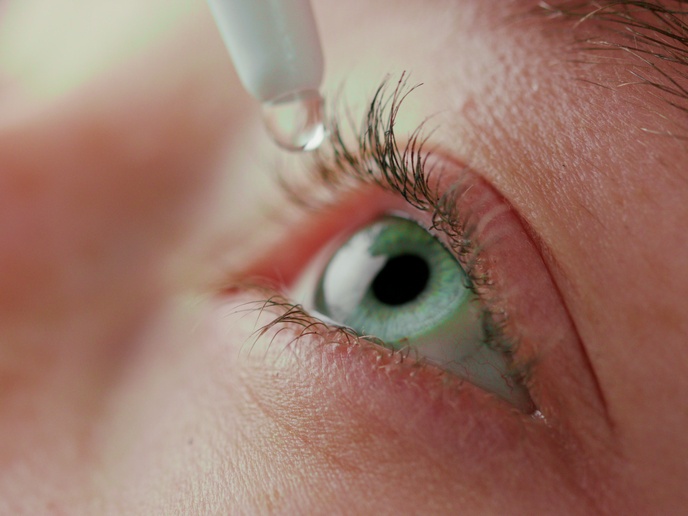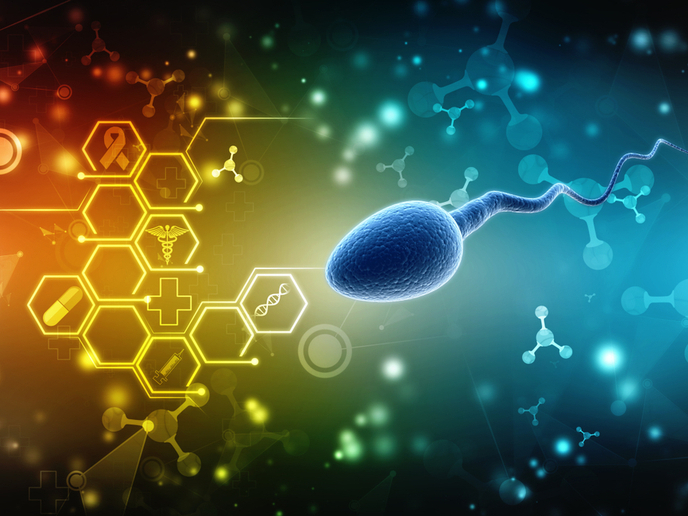Bioinspiration for bone regeneration
Musculoskeletal disorders affect a large proportion of the world's population, are a main cause of long-term pain and often lead to physical disability. Almost 1 million cases require bone grafts that, with the help of novel biomaterials, would facilitate bone regeneration. Hydrogels are attractive materials for such tissue-engineering purposes as they recapitulate the bone microenvironment. The extracellular matrix support and the growth factors for bone regeneration are provided by 3D scaffolds. These either aid endogenous bone regeneration or drive the differentiation of osteoprogenitor cells, vital in bone growth and repair. At the same time, hydrogels can encapsulate a high number of cells and facilitate the diffusion of necessary nutrients and metabolites. The EU-funded 'Molecular design of biologically inspired soft materials for hard tissue regeneration' (PEPTIDOPAMIN) project has created a range of multifunctional hydrogels for regenerative purposes. The hydrogels are injected at the point of fracture using minimally invasive procedures and provide the necessary support for bone regrowth. Project scientists incorporated bisphosphonates as they show a high affinity for calcium ions in hydroxyapatite — the main constituent of the bone extracellular matrix. Using bisphosphonates immobilised on polyethylene glycol, the resultant chemical hydrogels exhibited a calcium-responsive behaviour suitable for skeletal use. Formation of gels occurred within one minute after injection and showed strong self-healing behaviour. Gel elasticity increased with polymer content and calcium concentration. Calcium-mediated cross-linking was superior to that induced by other divalent cations. Another plus for the bisphosphonate material was that after covalent immobilisation, osteoclast activity for remodelling bone was not inhibited. Furthermore, there was no significant cytotoxicity towards the osteoclasts, a promising result as there is no risk of leaking and consequent local overdose or an imbalance of bone turnover. Further fine-tuning of the hydrogel formula to reduce overhardening of the material is necessary for alignment with the time-dependent mechanical properties of the bone healing process. The biodegradable nature of the PEPTIDOPAMIN hydrogels and their capacity to support bone regrowth are encouraging. These novel biomaterials could vastly improve the outcome of bone defects in an ageing society and reduce the burden on health care systems.







